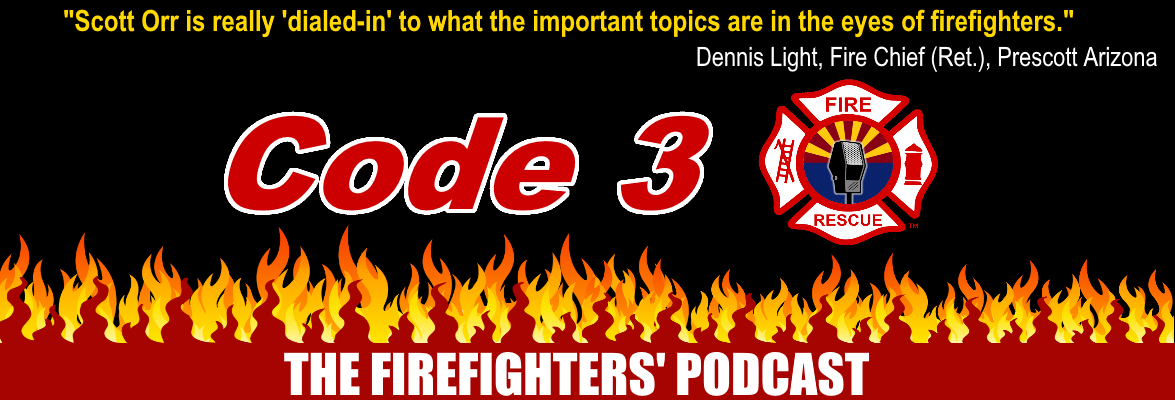Like many other fire departments around the nation, Mesa Fire is seeing more calls for service at a time when the department is also watching its budget shrink.
But Mesa Fire has been innovating anyway, and the ideas are saving money.
The City of Mesa has a $17.5 million budget shortfall, and most of it, $13 million, comes from the city’s PSPRS obligation. The city is asking the Fire Dept. to cut $3.5 million from the FY 2016-17 budget.

Chief Mary Cameli, in a Mesa City Council meeting, laid out the problems her department faces:
Call volume is up over 1,000 calls over the same time in 2016, which adds up to a 6 percent increase for the year. Response time is up, with Mesa Fire hitting the 5-minute standard about 55 percent of the time.
Cameli proposed saving $1.4 million, in part, via:
- Moving 7 day captains to field duty to help cover the calls in two-person “low acuity” (LA) units will save $440,000;
- Merging 2 vacant positions saves $221,900;
- Turning 2 jobs over to civilians: a captain who staffs dispatch and a videographer, will save $188,200.
New Deccan software and a change in dispatch protocols are expected to improve responses in terms of getting the right units to the right calls, Cameli said.
A 30-month, $12.5 million Community Medical Service grant, is sunsetting in August. Under it, more than 12,000 LA calls were answered by a captain/paramedic and a NP, which avoided patient transports in favor of treatment at the scene. The grant also allowed a captain/paramedic and behavioral health counselor to respond to and evaluate over 3,500 behavioral health calls, and, again, bypassed ambulance transport to an ER.
Cameli said the department had won a 6-to-9 month extension for the grant, but she added that they were looking to partnerships with hospitals to provide the non-fire personnel to continue the program.
Councilman Mark Freeman, a former Mesa firefighter, did some quick math and pointed out that “that’s about 266 calls a month that the engine and ladder companies aren’t running on” for the LA calls and about 73 runs per month that did not tie up firefighters for the mental health calls.
Training is also being re-evaluated, Cameli said, and remains vital because, she said, “Even though (fires) are low-frequency calls, they’re high-risk calls.
“We have a lot of young firefighters, we have a lot for new folks in captain roles and engineer roles,” she continued.
One cost-recovery suggestion she offered was that Mesa Fire start charging for services it currently does for free:
- In-home care care inspections;
- Responses to false alarms;
- Assisted-living facilities calls, such as patient lifts;
- Gas-line breaks;
- Charging the for-profit Rural/Metro Fire Dept. up to $400 an hour, for agency assists.
Councilman Kevin Thompson asked about the practicality of staffing based on “peak hours” and with fewer personnel on off-peak hours — and not 24-on, 48-off — but Cameli said that’s been examined and would require an entirely new shift to be hired.
Councilman Jeremy Whittaker said constituents had asked about EMS responses that were made by an engine or ladder truck, noting that such responses were “completely inefficient use of taxpayer funds.”
Cameli said that, when available, an LA unit would be dispatched to such calls, but if not, the closest unit is sent.
Thompson persisted, asking if it would make more sense to have firefighters deal with fire calls and contract with another company, such as American Medical Response, to answer EMS calls.
But City Manager Chris Brady replied that “We struggle with AMR today … AMR is essentially a very nice, big Uber that carries people in a big box to the hospital. It’s our personnel that do the first response.”
Mayor John Giles said the City of Mesa should acknowledge that the reality is, fire-based EMS is “what we do, and let’s be good at it.”
